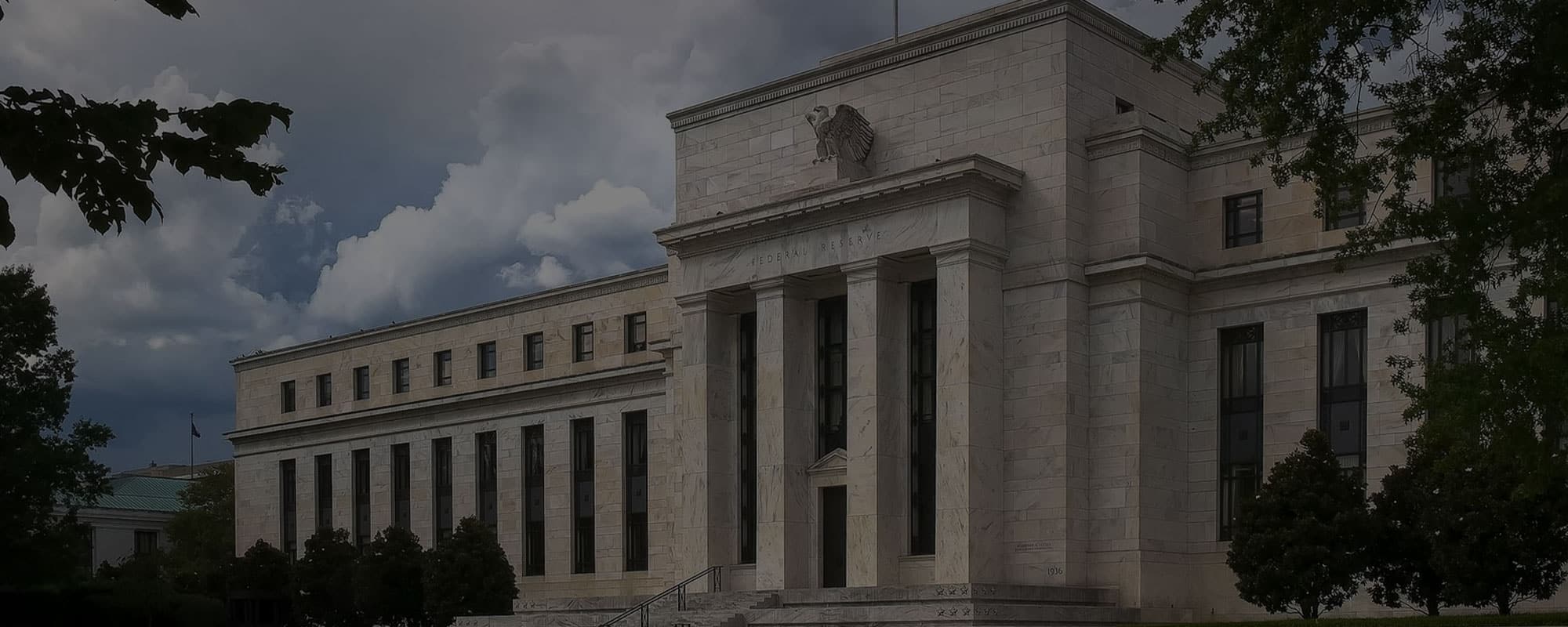What Does It Mean for You and Your Money?
After an historic rate hike cycle that was the fastest on record and largest in decades, the Federal Reserve (Fed) recently announced its first rate cut since 2020. The Fed is lowering rates in a measured manner in an effort to maintain a healthy, growing economy and jobs market without fueling additional inflation, a scenario referred to as a soft landing.
During the Fed’s hawkish period starting in March 2022, US Inflation has dropped from a more than 40-year high of 9.1% down to 2.5%. While the latest inflation number remains above the Fed’s 2% target, [1]
When the Federal Reserve (Fed) lowers interest rates, it has a broad ripple effect on the economy, impacting everything from consumer spending and borrowing costs to business investment and stock market valuations.
Here’s a breakdown of some of the major effects:
Cheaper Borrowing Costs
- For Consumers: Lower rates mean lower interest on loans like mortgages, auto loans, and credit cards. This often encourages more borrowing and spending, as consumers find it more affordable to finance purchases or refinance existing loans.
- For Businesses: Businesses also benefit from reduced borrowing costs, making it cheaper to finance expansions, invest in new projects, or refinance debt. This can lead to increased business investment and job creation, which can boost the economy.
Stimulated Economic Growth
- Lower interest rates generally increase spending and investment, stimulating economic growth. This is often the Fed’s goal during times of economic slowdown, as greater spending can support GDP growth, reduce unemployment, and improve overall economic health.
Increased Consumer Spending and Confidence
- When borrowing is cheaper, consumers may feel more confident about spending rather than saving. This increase in consumer spending can help drive demand for goods and services, which further fuels economic growth.
Impact on Inflation
- By lowering rates and encouraging spending, the Fed aims to prevent deflation and keep inflation at a target level (usually around 2%). However, prolonged low rates can lead to inflationary pressures, especially if demand outpaces supply.
Effects of changes to the Fed Funds Rate also spill over into financial markets. There’s even an old investing mantra that goes, “Don’t Fight the Fed,” meaning it would be wise to align your investment choices with the actions of the Fed.
Rate cuts are usually a response to economic slowdowns. If cuts are early in a cycle, riskier assets like stocks may perform well. Late-cycle cuts could signal deeper economic issues, where defensive assets might be safer.
Boost in Asset Prices (Stocks and Real Estate)
- Stock Market: Lower rates reduce the appeal of safer investments like bonds, which can push investors toward higher-yielding, riskier assets such as stocks. Additionally, lower rates can boost corporate profitability by reducing companies’ interest expenses, which often leads to higher stock valuations.
- Growth Stocks: Rate cuts make borrowing cheaper, which can be a boon for growth-oriented companies with higher borrowing needs. Sectors like tech and consumer discretionary often benefit.
- Dividend Stocks: With lower returns on fixed-income investments (like bonds), dividend-paying stocks become attractive for income-focused investors, especially those in sectors like utilities and real estate.
- Growth Stocks: Rate cuts make borrowing cheaper, which can be a boon for growth-oriented companies with higher borrowing needs. Sectors like tech and consumer discretionary often benefit.
- Real Estate: Mortgage rates generally decrease when the Fed cuts rates, making homes more affordable and increasing demand in the housing market. This can lead to rising home prices and increased real estate investment.
- REITs benefit from rate cuts as they typically have significant debt to finance property purchases. Lower borrowing costs can increase their profitability. Additionally, REIT dividends may attract income-seeking investors during low-rate periods.
Bond Market Impacts
- When the Fed cuts rates, existing bond prices generally rise, as newer bonds will likely offer lower yields. This benefits bondholders, but new bonds offer lower interest, which can push investors toward equities or other assets in search of higher returns.
- Long-Term Bonds: Bond prices and interest rates have an inverse relationship. When rates fall, bond prices generally rise, which benefits long-term bonds more than short-term bonds.
- Investment-Grade and High-Yield Bonds: High-yield bonds can be attractive if the economy is improving, as lower rates decrease default risks. However, safer, investment-grade bonds will likely offer lower yields in a low-rate environment.
- Long-Term Bonds: Bond prices and interest rates have an inverse relationship. When rates fall, bond prices generally rise, which benefits long-term bonds more than short-term bonds.
Alternative Assets
- Rate cuts may also open opportunities in private equity, infrastructure, and other alternative assets, which can benefit from increased borrowing and economic expansion.
Conclusion
Overall, the Fed lowers interest rates to stimulate economic activity, but the long-term effects depend on how consumers, businesses, and markets respond.
Falling rates mean a potentially new investment environment that brings new opportunities for investors. It’s crucial for investors to review their asset allocations and have investment strategies in place to align portfolios for times ahead.
[1] https://www.cnbc.com/2024/09/18/fed-rate-cut-heres-what-changed-in-the-central-banks-statement.html

